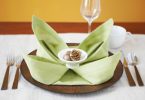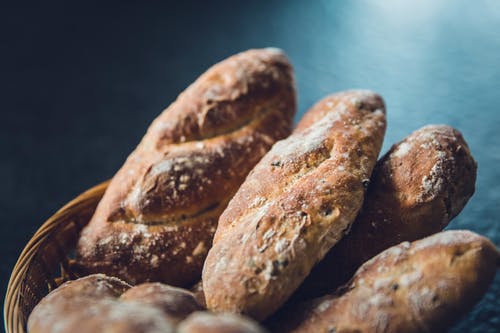
How do you add flavor to bread? Bread. The essence of life, feeding humanity since the beginning of time. Every culture, race and most religions refer to bread as a staple – Egyptians, the Persians and the Native Americans all had their own version of bread.
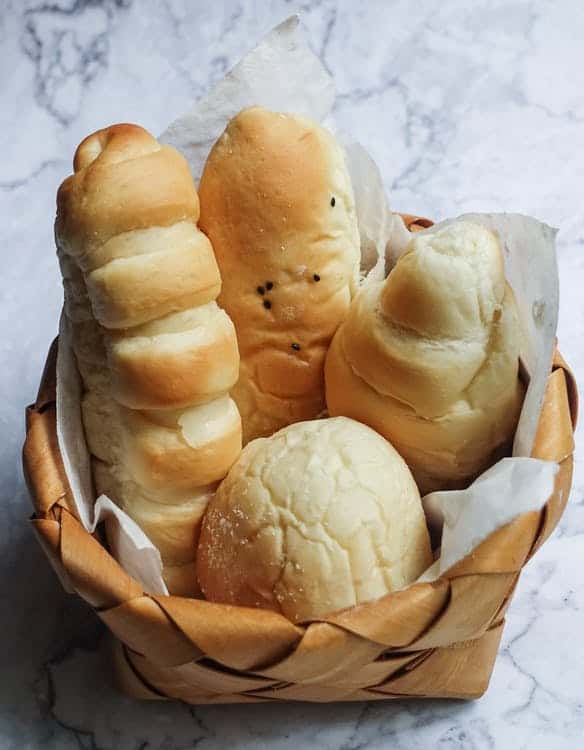
In fact, it is believed bread has been around since 8000 BC where it was made in the middle east. The Egyptians, a few centuries later, were also skilled beer brewers, but that is for another blog at another time.
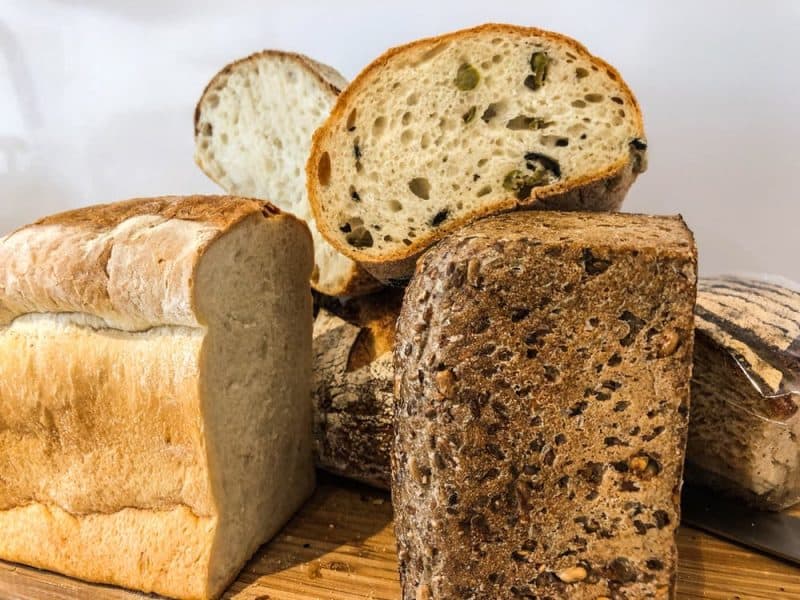
Today’s bread isn’t much different from what was produced in the past. In ancient times, grain was crushed to produce bread similar to our tortillas or chapatis. As time progressed, individual geographical clusters of people developed their own versions. Yeast was introduced during the Egyptian era, when wild yeast and a warm climate not only produced excellent beer, but a fluffier and lighter bread. It was a status symbol during the medieval times in Britain, became an art form during the Renaissance period, and was a symbol of wealth to the Romans, as they only served white bread to the affluent and elite among them.
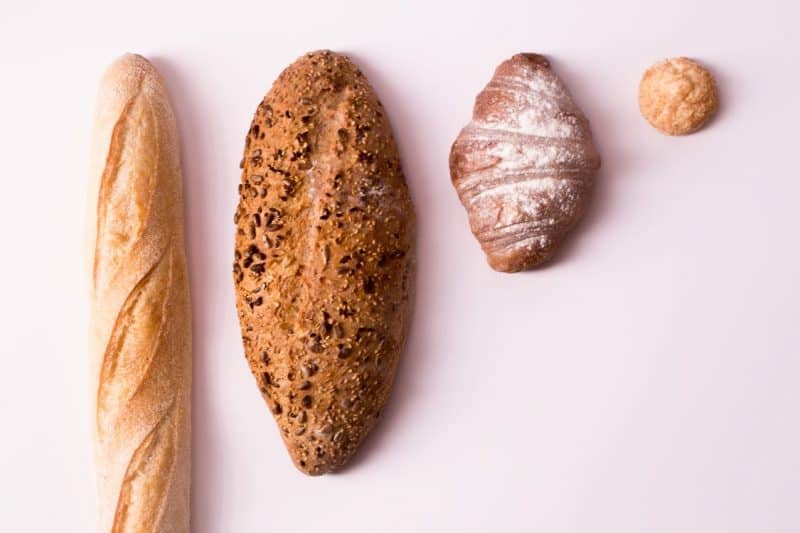
Bread can be broken down into a few specific types. Some of the different varieties include white, whole wheat, sour dough, Rye bread, Pita breads and multi grain. There area also quick breads. Typically, these types of breads are sweet and do not contain any yeast.
Adding flavors to whatever type of bread you’re hoping to delight the masses with, will definitely gain rave reviews from the taste testers among your family and friends.
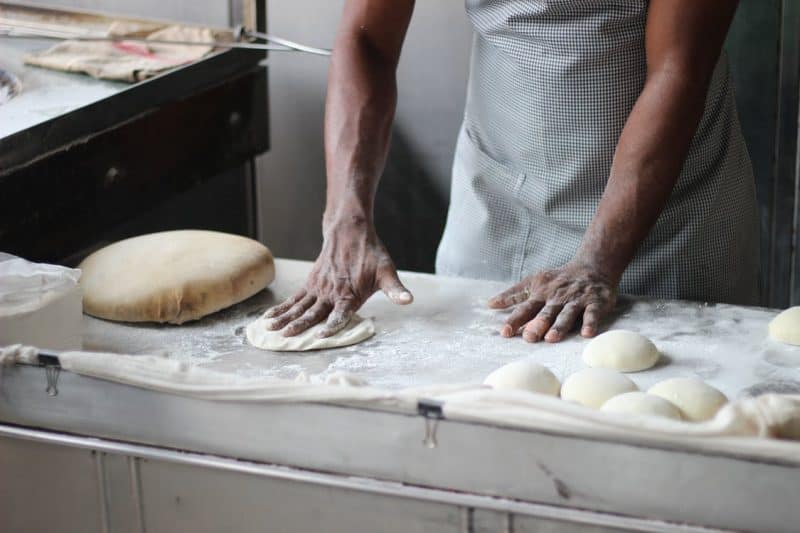
When it comes to baking white bread, making it sweet or savory is only a matter of the additional ingredients used For a savory bread, dice up some white or yellow onion with a bit of sharp cheddar cheese then mix the two ingredients into the dough. The bread bakes without any change to its texture as both the onion and cheese dissolve during the baking process. Other ways of introducing unique and delicious flavors to breads is by adding different herbs and spices.
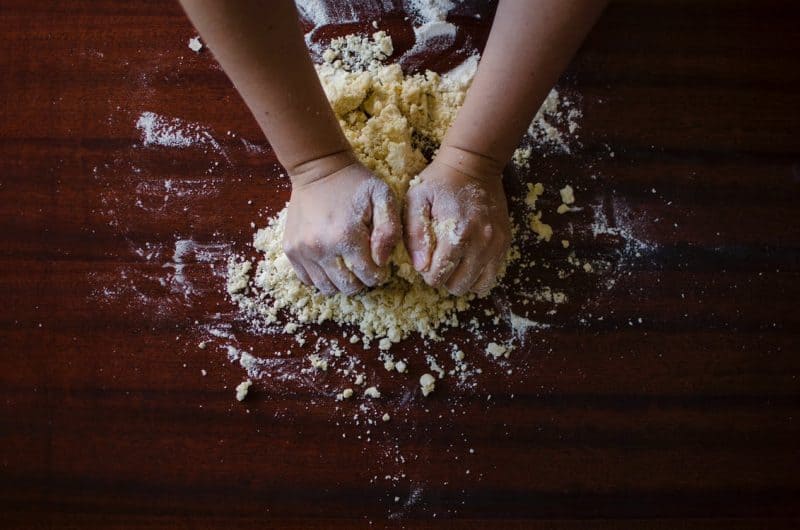
Allspice
Ground allspice is usually reserved for sweet breads and usually accompanies cinnamon and nutmeg.
Dry caraway seeds
Whole Caraway seeds can be found in rye breads, especially pumpernickel. With their lovely fragrance and flavor, the seeds are usually found in both sweet and savory dishes. The seeds can also be used to enhance the flavors of sweet breads such as lemon or orange and also give a nice kick to cornbread.
Garlic
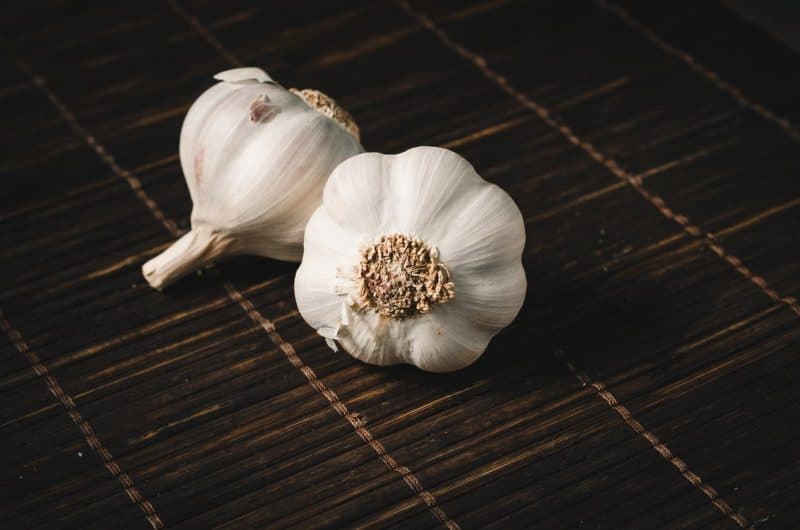
A shining star when it comes to enhancing the flavor of bread and can be incorporated into any bread dough. Garlic Bread is a favorite complement to pasta dishes. Garlic is also sometimes added to pizza dough. Either on its own or mixed with other herbs and spices, garlic is a favorite.
Our penchant for sugar has guaranteed that over the 10,000 years of bread baking, we would find a way to incorporate sugar into our recipes. Sweetbreads come in a wide variety of flavors and textures and include the yeast/dough version, or the batter version known as quick breads.
Quick Breads
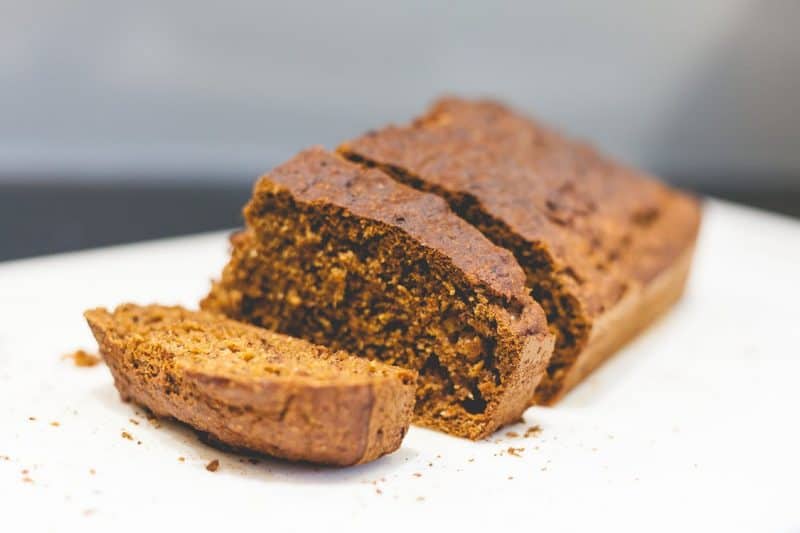
The sweetening process for quick breads usually involves adding either sugar, honey, molasses, maple syrup or corn syrup. Examples include Banana bread, Orange Loaf and Coffee Cakes. Cinnamon, nutmeg, lemon zest and fruit usually accompany quick bread recipes.
Sweet breads
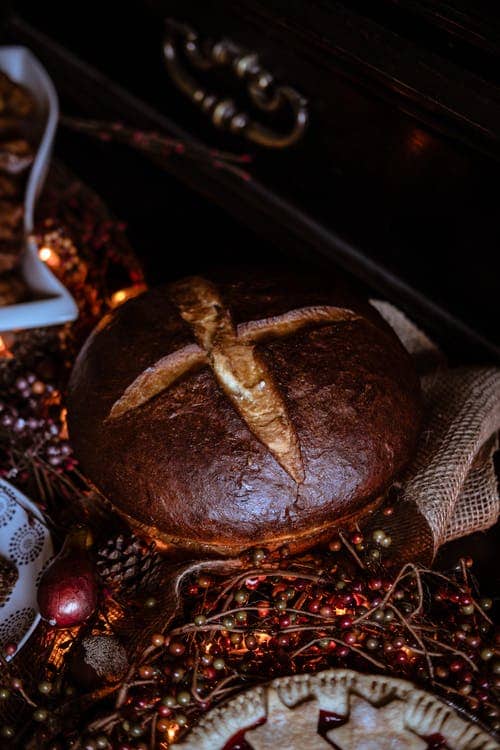
These breads include Cinnamon Buns, Bublik, Danish Pastry and Chelsea. A popular sweet bread to make is Pulla, otherwise known as Finnish Bun. This bread is a Scandinavian treat made with ground cardamom added to the dough. The cardamom seeds provide a subtle nutty and spicy flavor. The dough is braided, baked then glazed with maple syrup and a sprinkle of sliced almonds.
P.S. this embossed wooden rolling pin can add some gorgeous detail to your baking!
Grain Varieties
Adding different seeds and grains to bread dough is not only a healthy move, but it is also a delicious alternative to plain white bread.
Whole Wheat
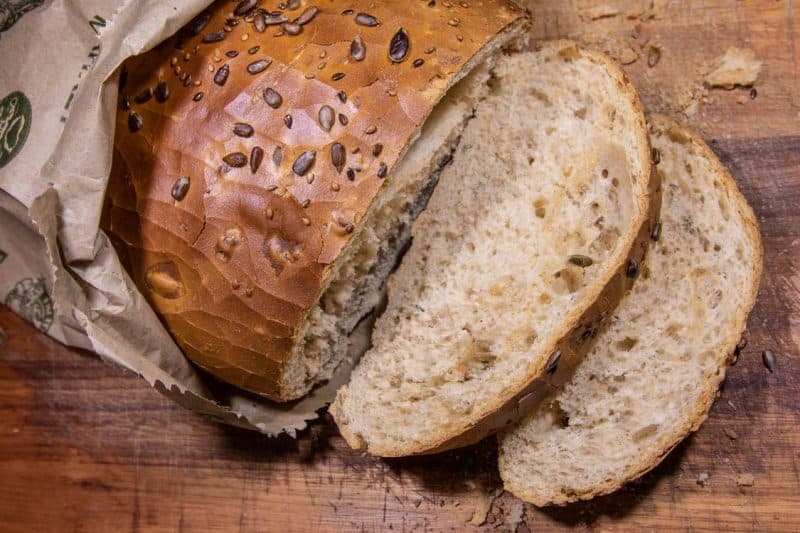
Whole wheat bread is healthier as it is packed with nutrients including protein, antioxidants and minerals. Experts suggest adding 2 tablespoons of liquid per cup of whole wheat flour if you are aiming for 100% whole wheat bread. Alternatively, you can match white flour one on one with whole wheat and not have to make any adjustments to the process.
Rye Grain
The rye grain is available in a light or dark color and is usually denser than bread made from wheat flour. It is an excellent source of vitamins and minerals and offers a malty and slightly nutty flavor. Breads made from rye are denser and heavier than those made from wheat grains.
There really isn’t a limit to what can be added to a loaf of bread. Herbs, cocoa, olives and even preserved meats are all great complements to any bread. Coconut, rum and even bourbon can be added to quick breads while sweet breads come in such a wide variety, it is impossible to list them all.
As humanity progresses over the next ten thousand years, bread will continue to be a staple in our diet. Despite the progresses and achievements made over time, we can be assured that the basic ingredients to make a loaf of bread will always remain the same. – Text by Cora Lee Ertler
Check out these delicious No Fail Cake Mix Cinnamon Buns
Latest posts by Canadian Home Trends (see all)
- Understanding The Importance of Great Design - January 6, 2026
- The Green Effect: To Clean or Not to Clean - January 6, 2026
- Functional Warm Addition - January 6, 2026


